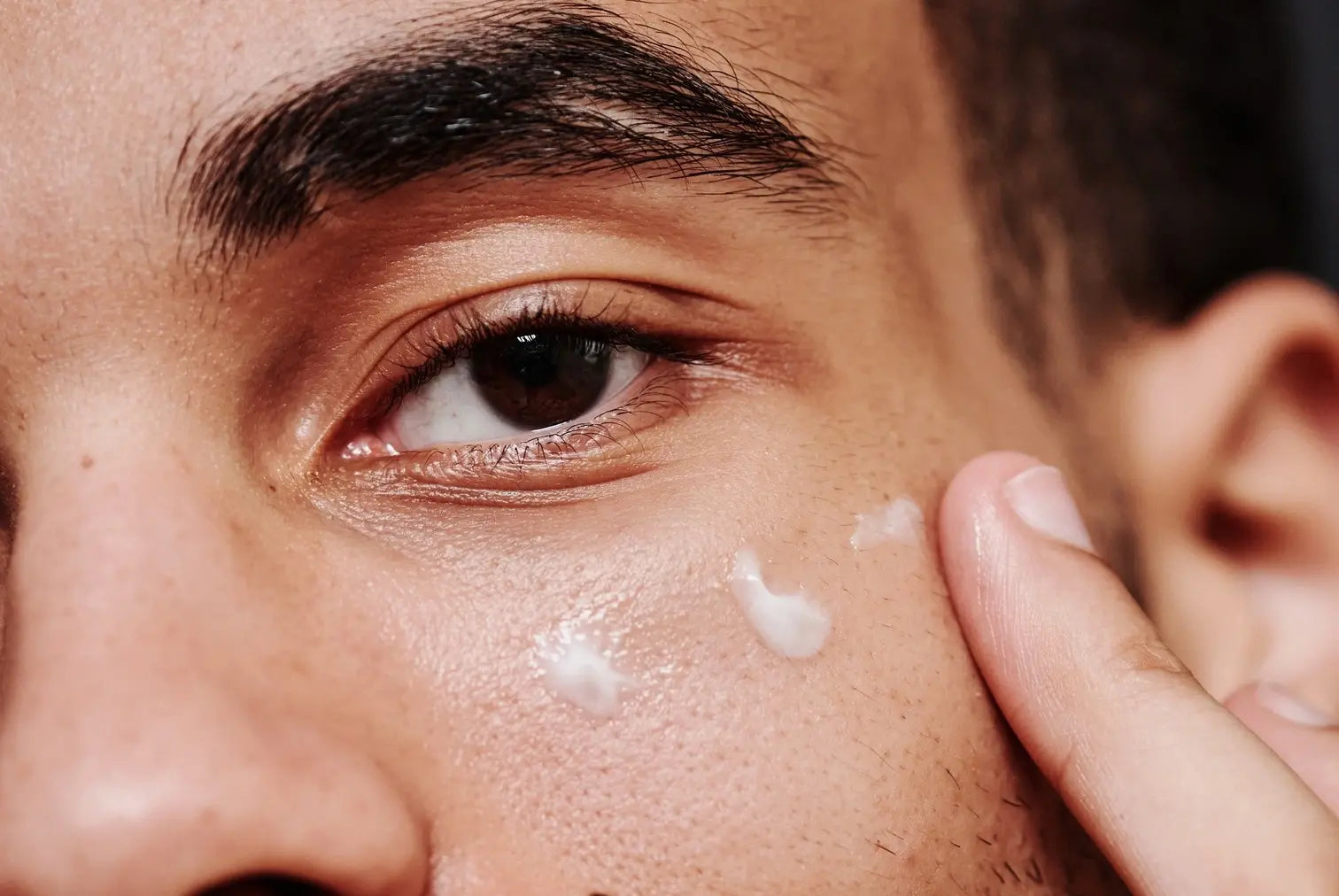Purpose of Moisturizing After Exfoliation
Benefits of Moisturizing Post-Exfoliation

Timing of Moisturizing After Exfoliation
Benefits of Moisturizing with OneSkin After Exfoliation
OneSkin's topical supplements are particularly beneficial for post-exfoliation care because they’re formulated with the OS-01 peptide, which has been clinically validated to improve the strength of the skin barrier 7 and scientifically proven to increase epidermal thickness .8 This enhancement in barrier function is crucial for maintaining hydration levels and ensuring that the skin remains protected against environmental stressors. In 12-week clinical studies, OS-01 FACE, OS-01 EYE, and OS-01 BODY have shown significant improvements in skin barrier strength, making these products ideal choices for post-exfoliation moisturizing .7,9,10
Our topical supplements not only offer these scientifically proven benefits but also contain additional soothing and hydrating ingredients such as hyaluronic acid, lactic acid, and glycerin. These components work synergistically to attract and retain moisture, further enhancing the skin's resilience and appearance after exfoliation. Whether you have dry skin, oily skin, sensitive skin, or some skin type in between, incorporating OneSkin into your post-exfoliation routine can provide significant benefits, ensuring your skin remains healthy, hydrated, and radiant.
- Nurturing your skin: Exfoliation is essential for removing dead skin cells and promoting the growth of new, healthy skin, but it can leave the skin vulnerable.
- Preventing over-drying and irritation: Post-exfoliation moisturizing is particularly beneficial for those with sensitive or dry skin, reducing discomfort and enhancing the skin's texture and tone through optimal hydration.
- Immediate application: Moisturizing just after exfoliating is crucial to ensure deep penetration of the moisturizer for maximum hydration and soothing effects, though waiting a few minutes after using chemical exfoliants can help avoid any unforeseen interactions.



